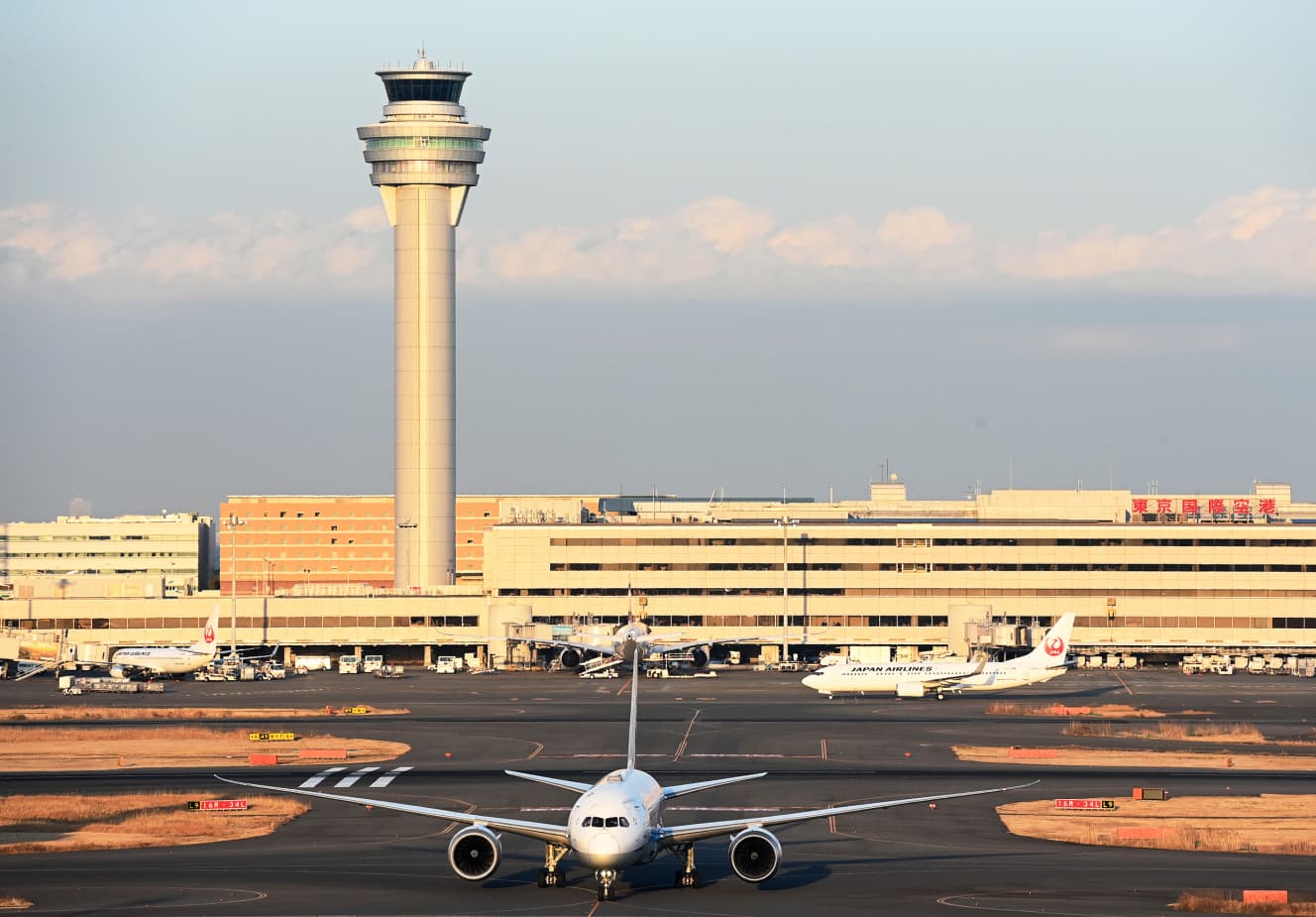Haneda Accident Sparks Crisis Overworked Air Traffic Controllers Speak Out About Safety Concerns
The number of air traffic controllers has not been increased from around 2,000 in the policy decided by the government in '14, and only their duties are increasing. ...... 1.5 flights arrive and depart every minute at Haneda Airport, and the control tower is in turmoil!

We’ve reached the limit where we can’t ensure safe operations due to understaffing and being overworked.
Says an active air traffic controller.
Around 40 days have passed since the New Year’s accident at Haneda Airport, where a Japan Airlines (JAL) aircraft and a Japan Coast Guard aircraft collided and caught fire, resulting in the deaths of five people. While the cause is still under investigation, it has been pointed out that the accident occurred because the coast guard aircraft misunderstood the instructions from the Haneda air traffic controllers and entered the runway by mistake. The air traffic controller mentioned earlier is expressing a heartfelt outcry in response to the accident.
“While the number of aircraft is increasing, the situation where air traffic controllers are not being increased has continued for many years. There should be about 15 people in the control tower at Haneda, but we are organizing shifts with only 12 to 13 people per team. Due to the shortage of personnel, we have to seek support from other teams almost every time. We are so busy that we don’t even have the time or leeway to point out mistakes made by the controller sitting next to us.”
Haneda Airport handles approximately 190,000 landings per year and is one of the world’s busiest airports with an average of 1.5 landings and takeoffs per minute. The government’s Tourism Vision aims to increase the number of foreign visitors to Japan from the current 25 million to 60 million by 2030, and the entry of low-cost carriers (LCCs) has led to an increase in flights. However, due to the policy announced by the government in 2014, the number of air traffic controllers has remained around 2,000 for over ten years.
“The communication between air traffic controllers and pilots is mainly conducted in English. There are cases where instructions need to be repeated several times to ensure they are properly understood. Even though we are already busy, there have been moments where instructions to other aircraft were delayed, causing some tense situations. We are always under pressure, with no time for our minds to relax.”
The Ministry of Land, Infrastructure, Transport and Tourism announced emergency measures after the accident, including strengthening surveillance systems, but another air traffic controller explains that the content of these measures further exacerbates the workload of controllers.
“In the emergency measures, it was decided to deploy personnel to radar devices that notify runway incursions at seven domestic airports including Haneda, and to monitor them continuously. However, with the current staffing levels, they are trying to manage this by adjusting roles and responsibilities, claiming it will be continuously monitored. This will only increase the burden.”
Without an increase in air traffic controllers, the risk of trouble will continue to increase.
“There are plans to set up ‘monitoring seats’ behind the air traffic controller seats to prevent fatal errors, but only a part of it has been realized. It’s not just Haneda that’s dangerous.”
At Kansai Airport, which is preparing for the ‘Osaka-Kansai Expo,’ there is a plan to increase the limit on landings and takeoffs by 30% by 2025.
“When asked about the heartfelt outcry of air traffic controllers to the Ministry of Land, Infrastructure, Transport and Tourism’s Civil Aviation Bureau, they responded, ‘The deployment of air traffic controllers is increased according to the increase in flight frequencies, and we will continue to monitor the situation of workload and consider strengthening it. We are also considering enhancing the warning systems for pilots and air traffic controllers in response to the accident.”
A tragic airplane accident could occur again at any time.

From the March 1-8, 2024 issue of FRIDAY
Reporting and writing: Masayoshi Katayama (Journalist) PHOTO: Kazuhiko Nakamura Masayoshi Katayama